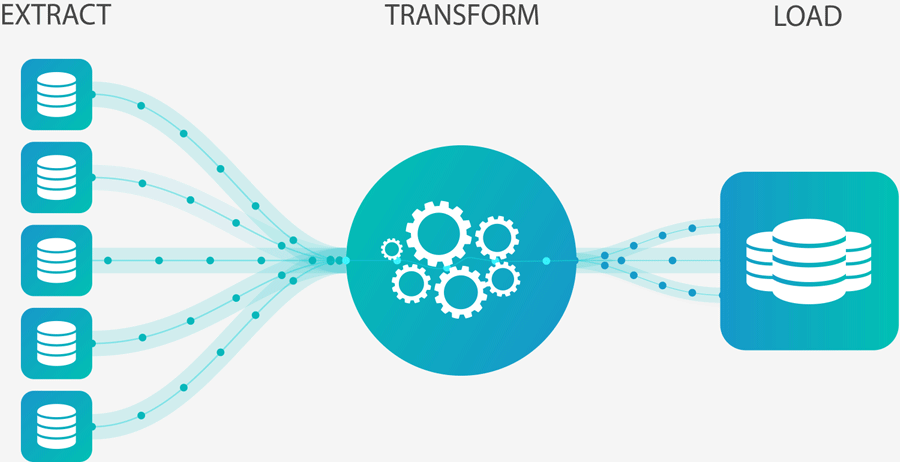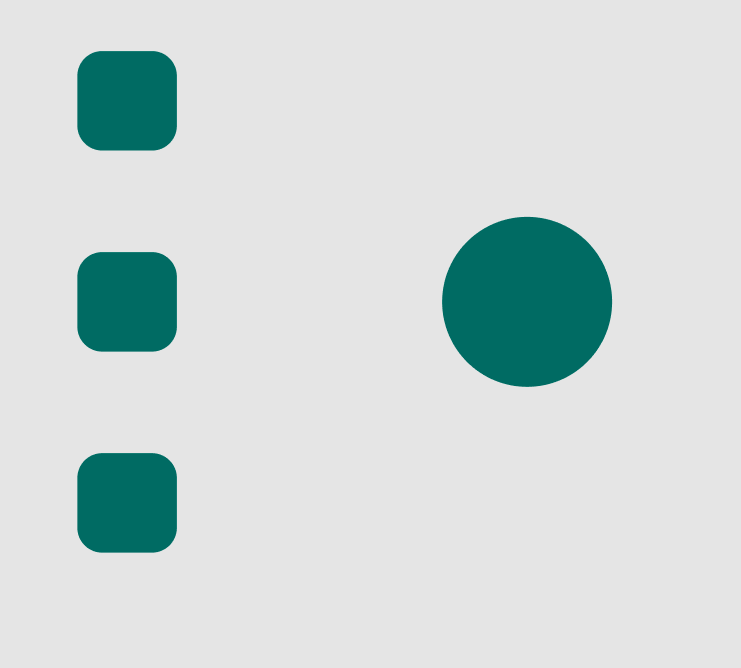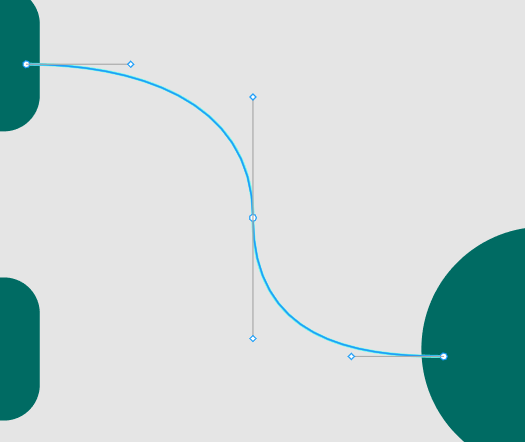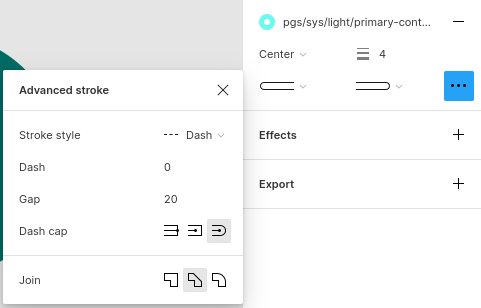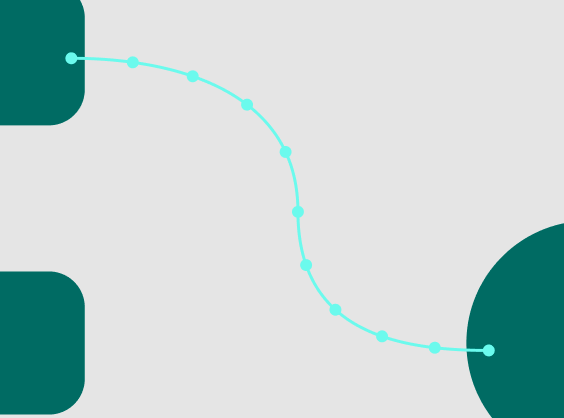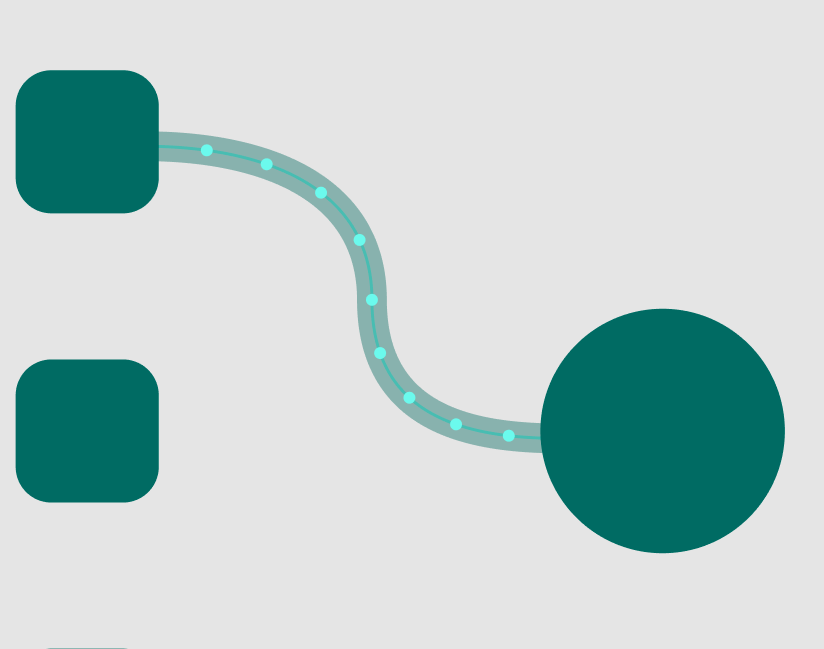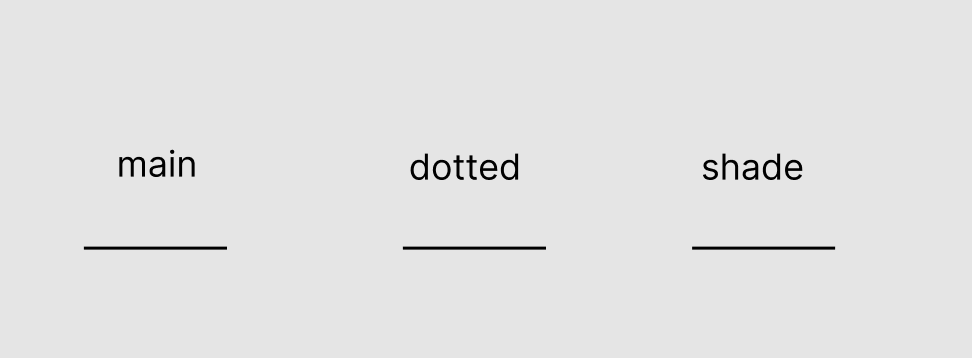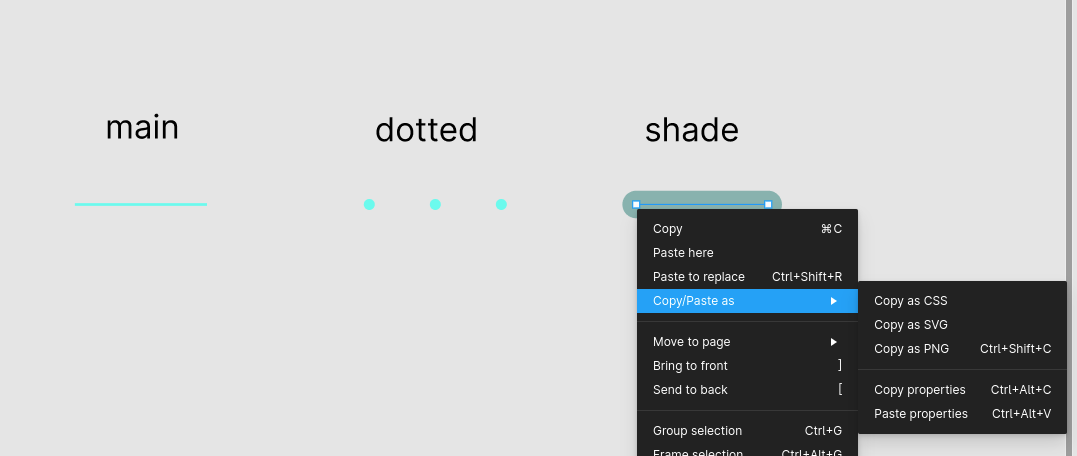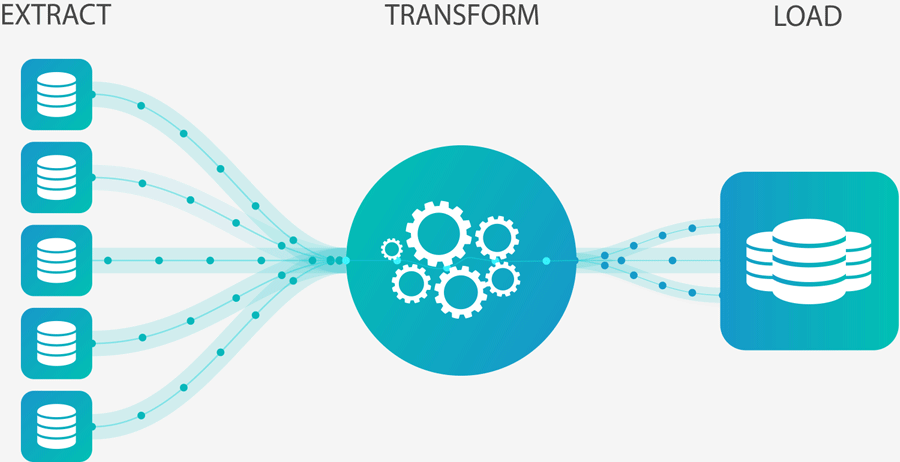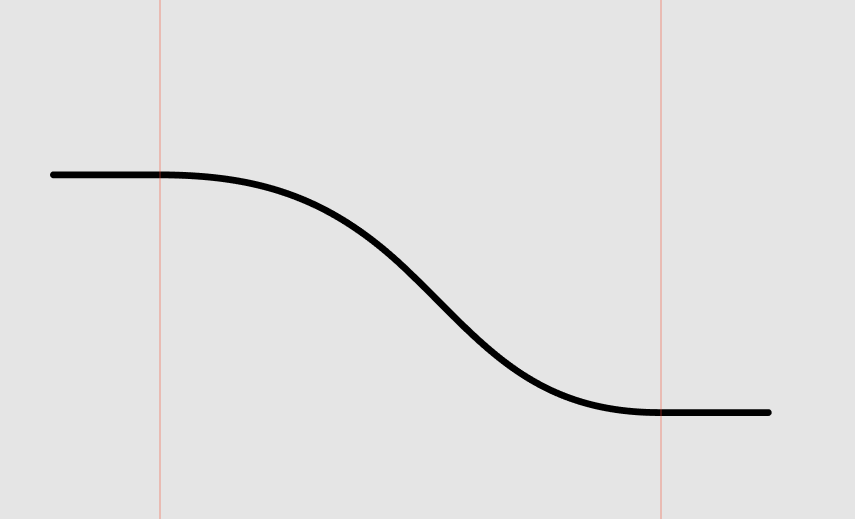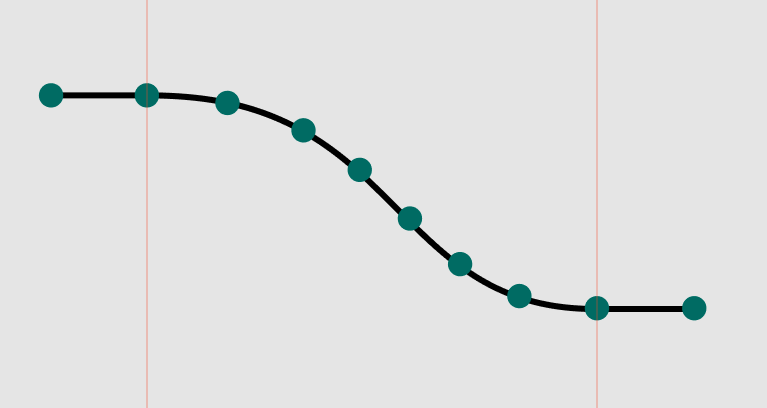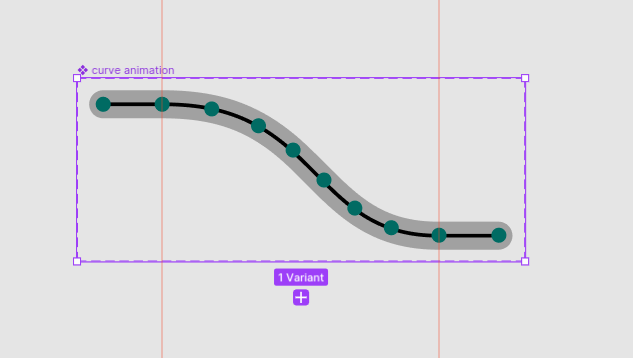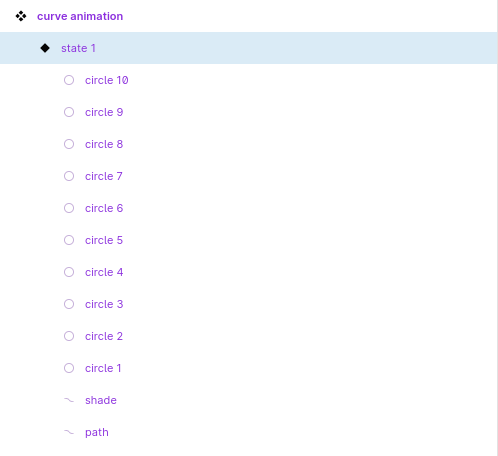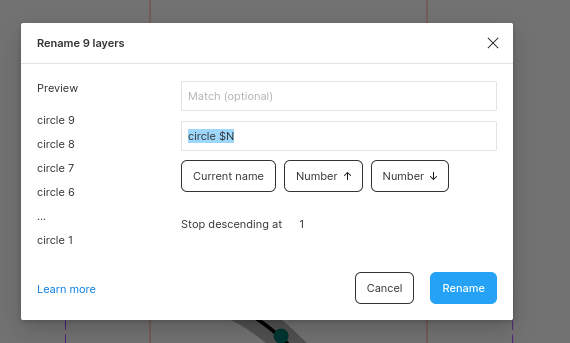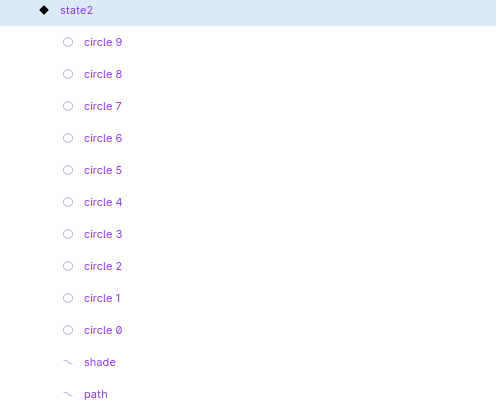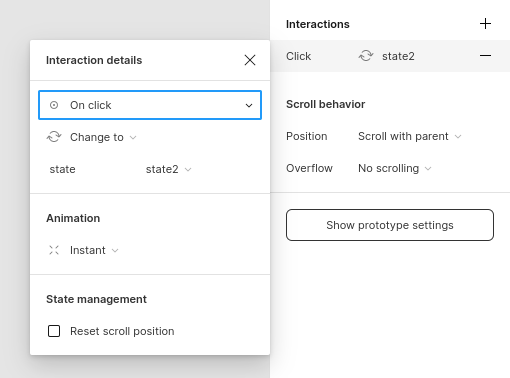Dear Figma Communication Team,
I am a beginner in Figma, and I am struggling to plot multiple circles in an equidistant curvaceous line in my designs. I have searched for resources online, but I have been unable to find clear guidance on how to create this effect using Figma’s tools. As such, I am reaching out to your team to ask if you could provide some guidance on this topic.
I believe that many other beginners like me would benefit greatly from clear and concise instructions on how to create this effect in Figma. Perhaps you could create a step-by-step tutorial, or a series of short videos that explain the process in detail. Alternatively, you could provide some guidance on which tools and plugins are best suited for achieving this effect. Whatever approach you take, I believe that your guidance would be greatly appreciated by the Figma community.
Thank you for considering this request. I look forward to hearing from you soon.

